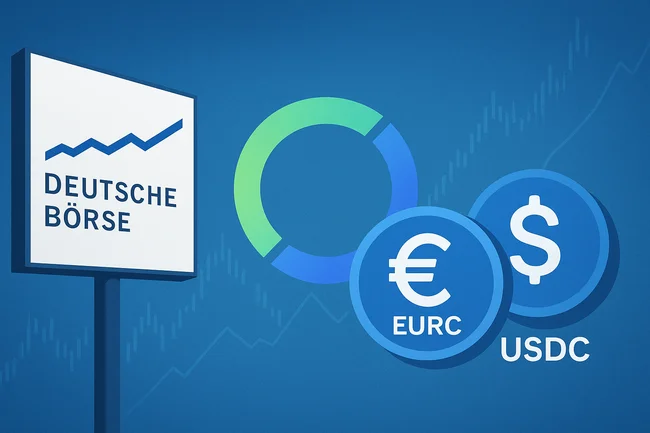Voting Power Control refers to mechanisms that influence who can participate in decision-making processes within a blockchain network. In systems that use governance tokens or proof-of-stake models, voting power is often linked to the amount of tokens a participant holds. This can lead to centralization if a small group possesses a significant portion of the tokens.To mitigate this, various strategies are employed. For example, some platforms implement quadratic voting, where the cost of voting increases quadratically with the number of votes, encouraging broader participation. Others may use delegative systems, allowing token holders to delegate their voting rights to others, promoting a more representative decision-making process.Ensuring fair voting power distribution is crucial for maintaining decentralization and preventing a small number of entities from holding excessive influence over the network’s governance. This fosters a more democratic environment where a diverse range of voices can contribute to important decisions impacting the project’s future.

Avalanche Treasury Co. to Go Public in $675M Deal With Mountain Lake Acquisition
Avalanche Treasury Co. (AVAT), a digital asset treasury company aligned with the Avalanche Foundation, said Wednesday it has agreed to



